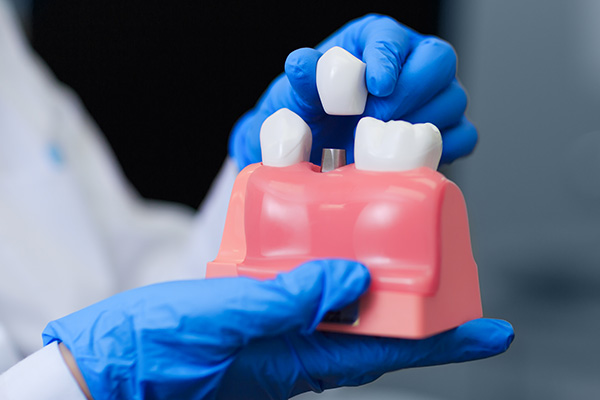
Step-by-step Guide to a Root Canal Procedure
When you think of getting a
root canal, you may have the same feelings as many other people. This restorative dental treatment can bring fear and anxiety to current and future patients. While there may be some pain and discomfort with this procedure and its aftermath, there are also many benefits to it. If you have significant tooth decay, you may need this procedure to correct root and nerve damage. Your dentist or endodontist can perform this treatment to clean out the area and improve your oral health.
Basic process
Dentists will do a
root canal on a patient when the nerve or pulp of a tooth has become inflamed. The dentist will drill into the tooth and remove the damaged areas. After this, the dentist will close up the space to prevent further decay from occurring. Severe decay, cracks, breaks or other damage to the tooth can cause the need for this procedure.
Signs a person needs a root canal
Dentists recommend that people make visits to the office every six months. At these appointments, the dentist and staff will provide a checkup and evaluation, which will include teeth cleaning and a thorough examination. In between these visits, the patient could notice symptoms of more serious dental problems. There are some signals that could alert people that they may need endodontic therapy.
- Intense toothaches
- Sensitivity to heat or cold
- Swollen gums
Diagnosis
Patients who notice these issues should call a dentist or endodontist immediately. The longer the person waits, the more infected the tooth will become. At an appointment, the dentist will look at the tooth and gums. The staff will also take X-rays and will assess the patient’s condition. If the dentist determines a
root canal is necessary, there will be a follow-up appointment in the coming days or weeks.
Getting to work
Once it is time for the procedure, the dentist will begin by giving a local anesthetic to the patient. This can reduce any pain the person would feel and helps ease the patient. The dentist will make sure the area is dry and will drill into the tooth. Using a special tool, the dentist will remove the decay and may even inject medication to kill or prevent infection. The dental professional will then seal up the space, though some dentists prefer to do this at a subsequent appointment.
After the treatment
The patient will likely feel some soreness after the process. If the person continues to feel pain over the next few days or weeks, it is important to call the office and discuss the problem and concerns. The patient can take over-the-counter pain medication to ease any discomfort. Regular oral care such as brushing and flossing should resume in the area as soon as possible.
No need to fear
Though many patients dread this procedure, it can be effective to restore the health of your teeth. Do not endure pain and irritation in your mouth any longer. Call your dentist to schedule an appointment for this process. You should be able to get back to your daily activities without feeling the effects of tooth decay.
Request an appointment here: https://www.smilebeautification.com or call Rolando Cibischino D.M.D. at (201) 204-1355 for an appointment in our Hackensack office.Check out what others are saying about our services on Yelp: Read our Yelp reviews.
Recent Posts
There are several dental implant options for replacing missing teeth. A dental implant permanently replaces a missing tooth, saving smiles and helping people eat their favorite foods for years to come. Unlike other options for replacing missing teeth, dental implants do not require regular check-ups from a dentist.The three most common types of dental implants…
Within the past few decades, advances in dentistry have resulted in many options for replacing missing teeth. While all of these options help restore functionality and appearance to a person’s mouth, they also differ in several ways. Depending on a patient’s dental history and lifestyle, one replacement option may be better suited for them than…
If you are missing several teeth or all of your upper or lower teeth or even all the teeth in your mouth, you may be wondering, “What are my options for replacing missing teeth?” Full or partial dentures may be a good option for you. In this article, we’ll discuss what makes a good candidate…
Missing teeth can result from many different things; regardless of how you lost your teeth, there are options for replacing missing teeth. There may be a stigma around dental care breaking the bank, but these options all have their pros and cons, which you should take into consideration.One option many consider is doing nothing. While…


